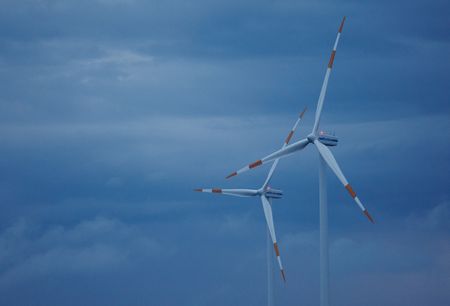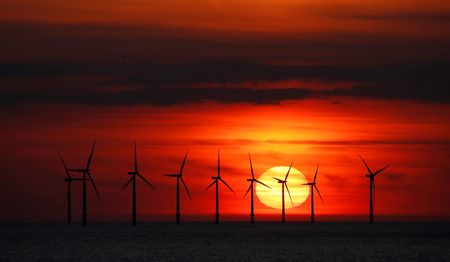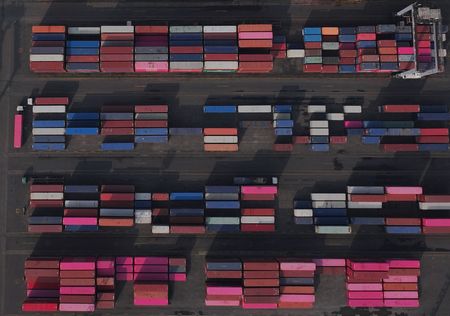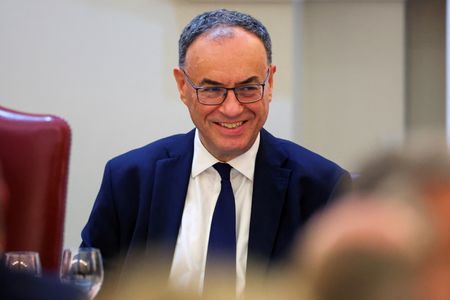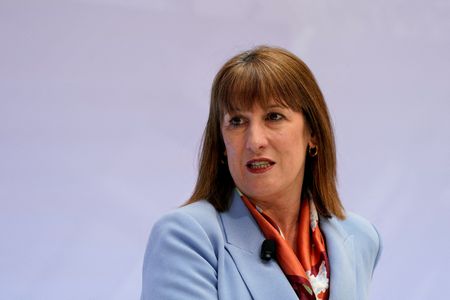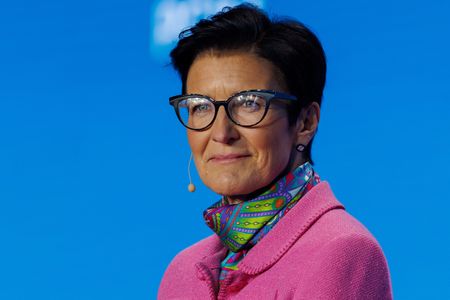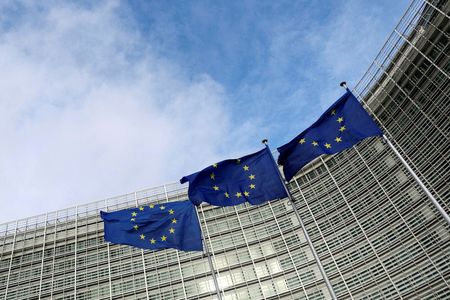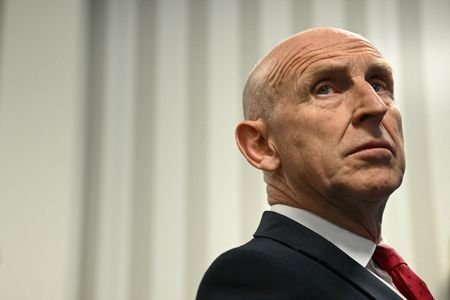BERLIN (Reuters) -Germany’s onshore wind power sector recorded its strongest half-year since 2017, but the expansion still falls short of the legally mandated targets, the BWE wind power lobby said on Tuesday.
Berlin aims to source 80% of Germany’s electricity from renewable energy by 2030, a goal accelerated by recent reforms and the drop in Russian fossil fuel imports after the invasion of Ukraine.
In the first half of 2025, 409 new turbines delivering 2.2 gigawatts (GW) of capacity were brought online, up 67% on the year. A record 7.8 GW of projects were approved in that time, a 55% jump compared with the first half of 2024, BWE said.
The average permitting duration dropped by over 20% on the year to 18 months, data compiled by the Wind and Solar Energy Agency on behalf of BWE and VDMA Power Systems showed.
“Wind energy is getting back on track,” BWE head Baerbel Heidebroek said in a statement.
Despite the upward trend, the expansion pace still lags what is needed to meet targets set by the Renewable Energy Sources Act (EEG), which aims to have 115 GW onshore installed capacity by 2030, BWE said.
After suggesting the previous government may have focused “almost too much” on climate protection, new Economy Minister Katherina Reiche said the ministry will review electricity demand, energy security and the progress of grid and renewables expansion to assess whether policy adjustments are necessary.
The association called on the federal government to maintain investment certainty, accelerate grid and infrastructure upgrades and swiftly implement reforms to ease repowering and permits for large and heavy transport.
(Reporting by Riham Alkousaa, Editing by Miranda Murray and David Gregorio)

